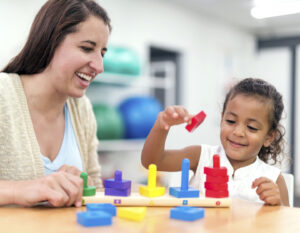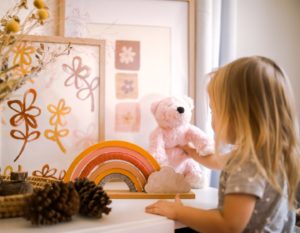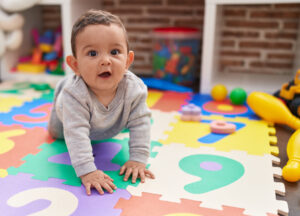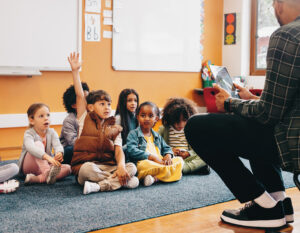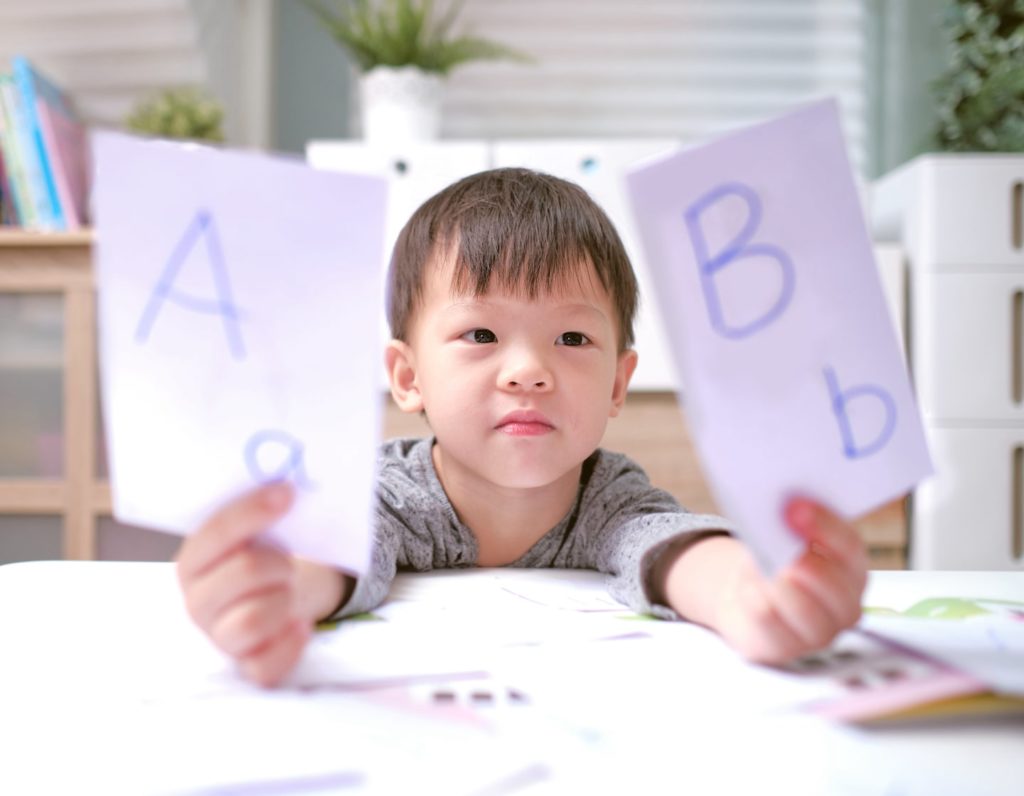




Keep your toddlers and young kids busy with these easy home learning ideas. No screens necessary!
Well, here we are back to online learning (for the little ones at least!). While we thought 2022 would offer a fresh start and we’re hoping that classes will resume after the CNY break, we’re preparing for the long haul just in case. For those with preschoolers, you might be facing home learning for the first time, so we’ve put together some simple and educational activities to help keep the kids busy at home.
If your default includes looking at screens for a long period of time (we’ve all been there!), it doesn’t always have to be. There are a variety of games and activities that you can play to keep your child moving, learning and growing. Most importantly, these will help ease the transition back to regular school life.
Read more: Toy Stores In Hong Kong: Where To Buy LEGO, Jellycat, Fidget Spinners And More
How Can You Create A Schedule For Early Years’ Learners At Home?
It’s beneficial for families to try their best to emulate a typical day at Nursery School or Kindergarten. Children thrive when they have a set routine and know what is coming next. If your child attends morning classes, mimic the same nap schedule that you would do as usual in the afternoon after those classes.
Try to stick to the same timings and the usual routine of arriving “at school”, hanging up the backpack and saying good morning. Then, continue the same schedule that they might do at kindergarten. This might be:
- Quiet play
- Then a structured activity
- Snack break
- Followed by teacher-student mat time for a story
Give your child a variety of different activities knowing that their attention will drift. Typically, kindergartens change things up in 20-minute intervals. This can be overwhelming while homeschooling, but it might help explain why your child gets restless so often.
The internet also has a huge amount resources available to help with creating at home learning schedules. There is this free early years learning pack from Twinkl that will help to get you started.
Read more: Tips To Help Busy Parents Deal With Forced School Closures
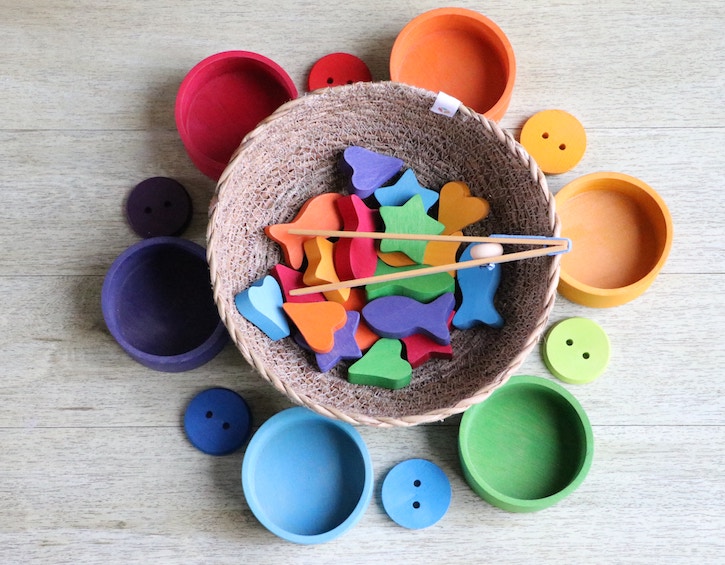

At Home Math Activities
Sorting and classifying is an important milestone for early years learners. There are many activities that you can do to help them develop this skill. You can involve them in organising their clothes and sorting their toys. You can also make manipulatives and tools for them to play with on their own.
Simple Pom-pom Counting Activity
At AEON, or any school supply store, you can pick up a plastic divided tub, some magnetic letters, and pom-poms and you are ready to create an engaging number sense task (bonus points if you can give your child a spoon or large tweezers to pick up the pom-poms). In this simple counting pom-pom activity, children learn 1:1 correspondence (helping kids understand certain concepts, like numbers, by matching the right answers) by placing the correct number of pom-poms in the corresponding containers. They can do this on their own and don’t need much adult guidance once they get the hang of it.
Car Parking Number Game
Another great way to gain 1:1 correspondence skills is to have your child learn to “park” their numbered cars in the right numbered spot, just as b-inspired mama demonstrates. If you want to teach colours as well, use a “colour your own” version of certain pre-made sorting sets. Kids first get to colour their cars and then sort them into the matching coloured parking spot.
Counting To 100 Dance
Dr Jean, who has been working with kids for many years has become my classroom go-to for a brain break. Brain breaks can help get your child dancing and moving, as well as learning some maths skills. Use her idea of counting macarena and come up with your own set of steps, so your kids don’t end up passively watching a screen. It will help your child count and improve their patience by practising to “wait a minute”.
Read more: Science, Tech And Coding Classes For Kids In Hong Kong
At Home Science Activities
You can even recreate some fun science experiments. My K1 students have adored the Skittles bleeding in water project in the past. The Dad Lab’s Facebook page also has various homemade toys and activities that you can make with your child and then leave them to play with independently.
Read more: 6 Easy Home Science Experiments To Do With Kids
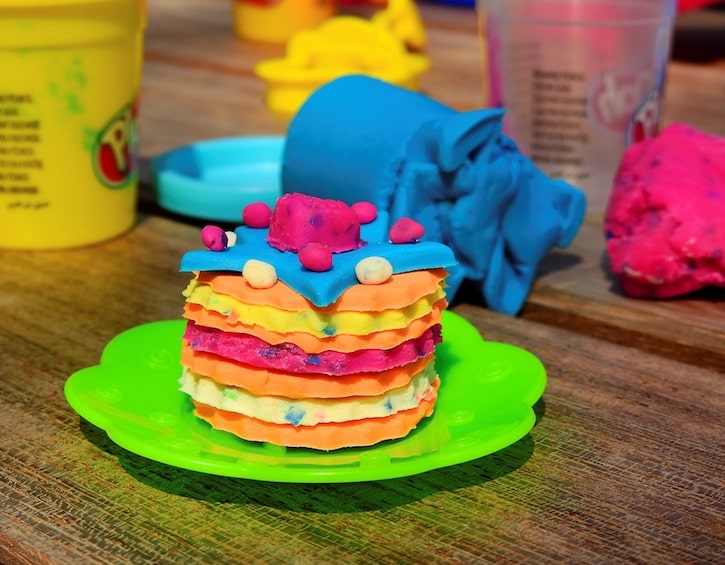

Practising Fine and Gross Motor Skills
Shaving Cream and Playdough
A wonderful way for any early years learner to practise letters, shapes, or just for simple sensory play (to explore and train the little muscles in the hands) is with a tray full of shaving cream. You can use paint and glitter, create slime and more (look at the great activities here). I love to incorporate this into the beginning of the school year for my K1 students. They truly come out of their shell after we have a shaving cream party!
Similarly, mix up your playdough game by printing special mats from A Gift of Curiosity. Slip them into a plastic protector for your child to use and use over again. The kids pull and roll and mould playdough, all while practising letters and numbers.
Read more: How To Create A Montessori Environment At Home
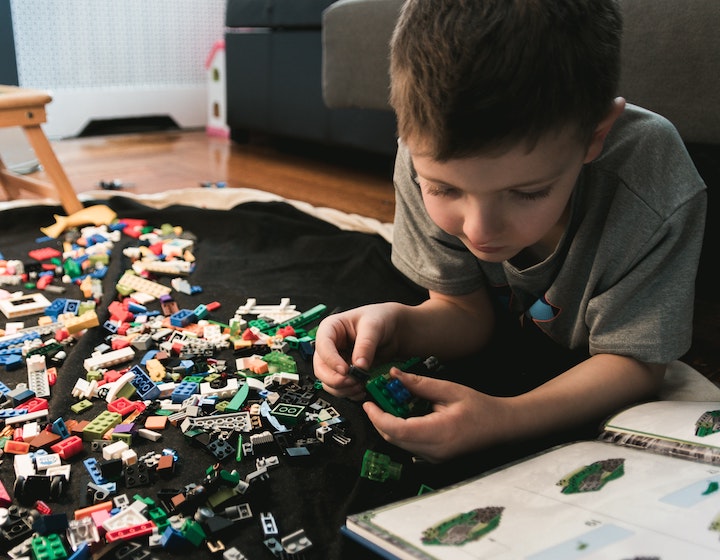

LEGO And Stamps
Use what you probably have plenty of at home – LEGO and stamps! I became a fan of these Playdough to Plato cards after I planned a STEM building unit for my class. Print the cards out and leave them near your LEGO or block bin, to inspire your students to make these real buildings on their own.
You can also invest in some fun stamps (I favour Melissa and Doug’s creations), give the kids a paper with different colours marked on it and let the kids sort and stamp correctly (you needn’t supervise unless you have a beautiful white couch nearby).
Looking for more ideas? Move through the alphabet with movement action cards (this might count as your cardio for the day as well). Or make your own sensory bottles for toddlers (Messy Little Monsters has some great DIY suggestions). Once you make one, it can entertain your child on their own for a while.
Read more: 10 Activities To Help Develop Better Fine Motor Skills In Children
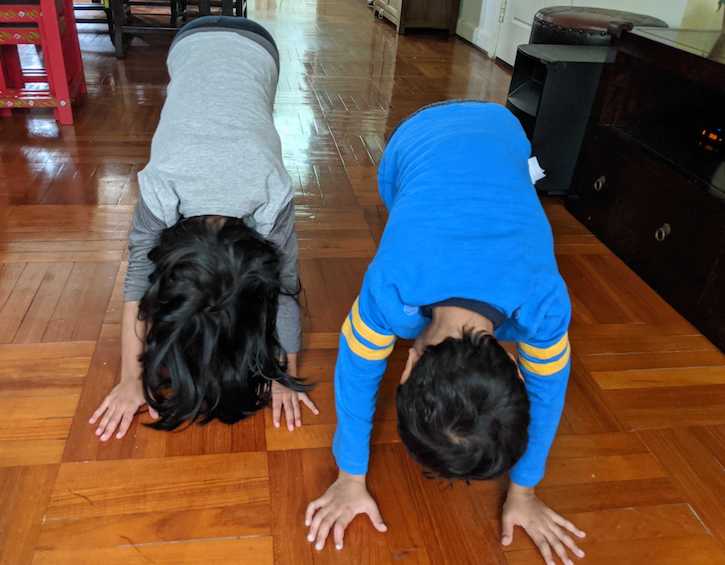

At-home Kids’ Yoga
Exploratory Adventure Yoga — yoga that is explored by making up postures, rather than set one-way-to-do-them poses is a great way to expand your child’s imagination.
- Place some objects or yoga cards on the floor in front of your child. Ask them to choose where they would like to explore.
- Lead the conversation by getting kids to think, talk and imagine based on the cards. For example, a beach card could spark a conversation about getting to a beach in a car.
- Next, they use yoga poses to pretend to drive a car. The children make up the poses as you ask them “what does a car look like to you?”.
- The objects and cards that you placed on the ground prior to the game can help them create their pose.
My K1 students are fans of “going to Disneyland“. We use a “mountain pose” to indicate the castle, the “peacock pose” for going in the MTR and a “spider pose” to depict Olaf.
Read more: Mindful And Holistic Living: The Best Yoga Classes For Children
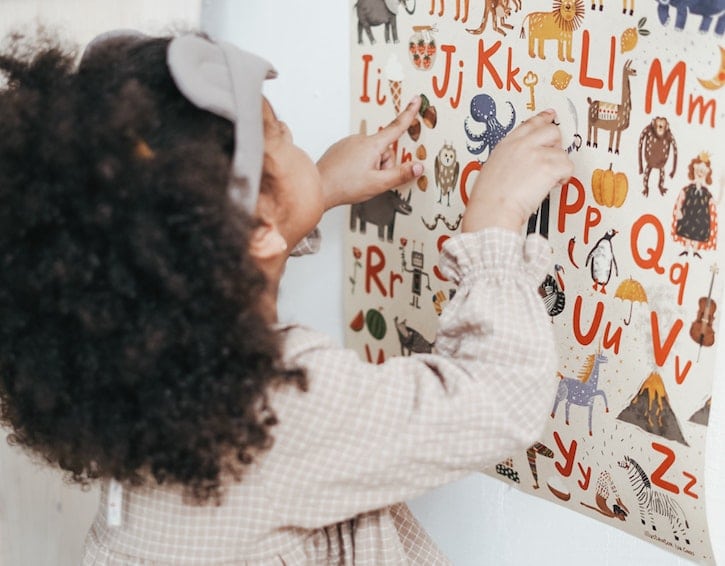

Literacy And Phonics
Board Games And Phonics Watches
Play engaging games with your child to help them live and breathe the alphabet. Game boards (physical ones or online versions like this) are easy to follow and help make easy games with wordplay. You can also let your child accessorise with a phonics watch. From cutting out the watch strips with a letter on them, colouring the letter written on it and making up words that begin with that phonic sound, it’s a great all-around exercise for early years learners. My favourites are these from The Moffat Girls. If watches aren’t your child’s style, then they have ABC crowns as well.
Read more: Board Games And Icebreakers For A Party Or Games Night
Letter Scavenger Hunt
Bug Spray Letter Scavenger Hunt is a great way to bring the alphabet to your home. Your child can colour the bugs with the letters and then they can be stuck in various locations around your home. Afterwards, have your child hunt around the house for the letters (they can swat it, spray it with an empty bottle, or high five it). If they are also emerging readers, you can have them make words with the sound that each letter makes as they go.
Read more: Raising My Bilingual Baby: Reflections From A Researcher And Father
Read Books With Your Kids
Lastly, read, read and read some more. There are so many things that can be learned and explored with books (letter recognition, phonics skills…even maths, science, compassion and kindness can be learned in a book). There are many great digital libraries out there to let your child explore. We also love these recommendations for kids who are reluctant readers.
Read more: Our Top Book Picks By Age: From 4 To 14+
Editor’s note – This post was originally published in February 2020, and updated in January, 2022.
 View All
View All











 View All
View All





 View All
View All


 View All
View All
